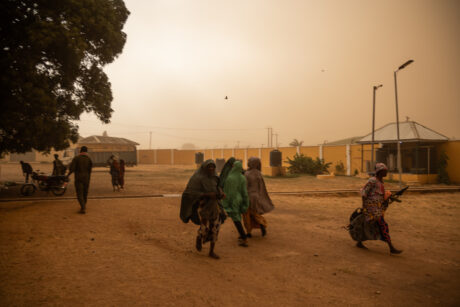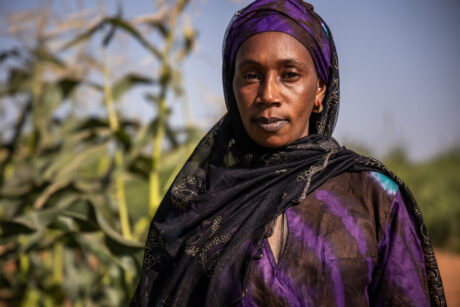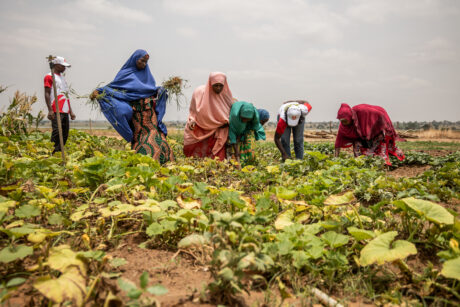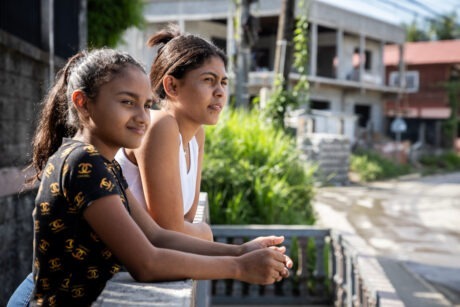SID–US annual conference discusses the benefits of using innovative financial mechanisms to draw in private investors to some of the most underserved regions of the world.
In countries with substantial risks for private investors, such as the African Sahel, small and medium enterprises struggle to find financing to grow their businesses and create sustainable livelihoods. This is particularly true for women-led enterprises, despite the high potential for their successes to contribute to the development of these countries’ economies.
Unfortunately, the need for long-term financing for these economies to grow far outpaces the availability.
In such scenarios, an investment concept known as blended finance has proven to be a successful tool to help attract private investors by minimizing their risks and as a result, boost economies and livelihoods, according to managers of investment funds partnering with the U.S. Agency for International Development’s West Africa Trade and Investment Hub.
“The West Africa Trade Hub is demonstrating some of the latest thinking that [USAID Administrator] Samantha Power and USAID have been promoting in terms of private sector engagement and localization,” said Jim Winkler, Vice President at Creative Associates International. “We are working with private companies, private investors and transaction-advisory firms to leverage private capital and investment that is going to drive economic growth, job creation, export competitiveness and all of the benefits that economies need to have stable and happy people.”
Winkler’s comments came during a virtual panel discussion dedicated to blended finance at the Society for International Development’s 2022 conference in Washington that drew more than 80 attendees. Creative, which is implementing USAID’s West Africa Trade and Investment Hub, sponsored the May 26 panel at this year’s conference.
Blended finance is a coupling of public-sector, donor or development funds to use as leverage to attract private funding. The idea is that the public-sector funding mitigates perceived risks for private investors to entice them to form an investment partnership that can create both financial rewards and social impact. It can be a significant tool to address market failures and to help mobilize private investment in pioneering projects and in challenging environments.
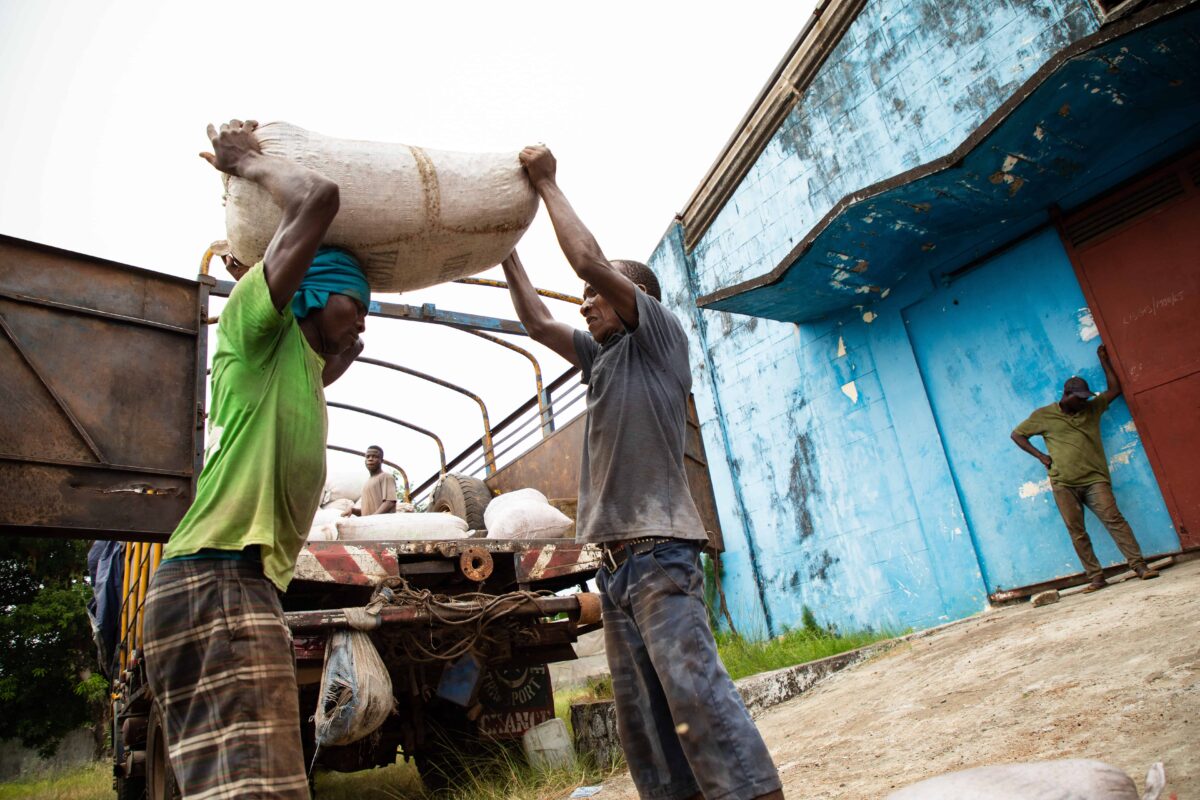
“Blended finance puts the power of private capital, along with governmental resources, to work on some of the world’s most challenging development goals, ranging from the environment to gender equality to ending poverty and hunger in developing and emerging markets,” said Winkler, who moderated the event.
The West Africa Trade and Investment Hub has used the blended finance approach with two private funds, Cordaid’s Bright Future Fund and ShEquity, represented on the panel. The USAID co-investment grants leverage private capital to invest in the Sahel to create jobs, exports and generate other results among women, youth and underserved populations, Winkler said.
The Trade Hub has supported 80 public-private partnerships with investors and companies with $74 million in USAID co-investment grants that will leverage an estimated $500 million in private capital and expects the number of partnerships to increase to 100 by the end of June 2022.
The partnerships are supporting small and medium enterprises in West Africa to scale up operations and create job growth in fragile areas. In addition, the Trade Hub’s investments have helped West African entrepreneurs remain in operation as the Covid pandemic slowed economic growth worldwide.
Building Trust
Convincing the private sector to invest in a fund is a challenge, but it starts with a belief that every human being is entitled to a bright future, said Hann Verheijen, the Managing Director, Cordaid Investment Management, at the SID conference panel.
Cordaid’s $30 million West Africa Bright Future Fund focuses on four of the most unserved countries in the world: Mali, Burkina Faso, Guinea and Sierra Leon. The fund supports entrepreneurs to scale their operations, create jobs and build sustainable livelihoods in these fragile regions, he said.
“We prioritize sectors that are accessible to women and youth who are often excluded from formal employment,” Verheijen said, adding that has led to a focus on agriculture, clean energy and waste management, sectors where there is a significant amount of job creation for women and youth.
The West Africa Trade Hub invested $2 million into the West African Bright Future Fund as a commitment to absorb the fund’s first losses. The fund then partnered with the U.S. Development Finance Corp, (DFC) which committed a Regional Portfolio Guarantee that covers 50 percent of the financial risk of $27 million of investment.
“It’s important to stress that although we are an impact first investor, we aim to preserve the capital of our investors and bring them a decent return,” Verheijen said.
The DFC, the U.S. government’s financial development institution, was established in 2020 after Congress mandated its creation as part of the 2018 BUILD Act that strengthened U.S. development finance capabilities into a new federal agency designed to address development challenges and foreign policy priorities. The DFC works closely with USAID around the world.
One of the agency’s mandates is to support private-sector development, particularly in low income and lower-middle income countries, through a range of financial products and tools, including different structures of blended finance, said Heather Bateman, the DFC’s West Africa Director.
“We think of it as what positive developments can be generated or achieved through our engagement that would otherwise not have been achieved?” Bateman said during the panel discussion.
Boosting Women and Youth Entrepreneurs
In Africa, about 40 percent of small and medium enterprises are owned or led by women, said panelist Pauline Koelbl, the founder and managing director of ShEquity. But consistently, you hear investors saying they can’t find deals.
“The reality is that most of those 40 percent are not investment ready,” she said. You need a ecosystem to support the women-led entrepreneurs in the pre- and post-investment stage, she said.
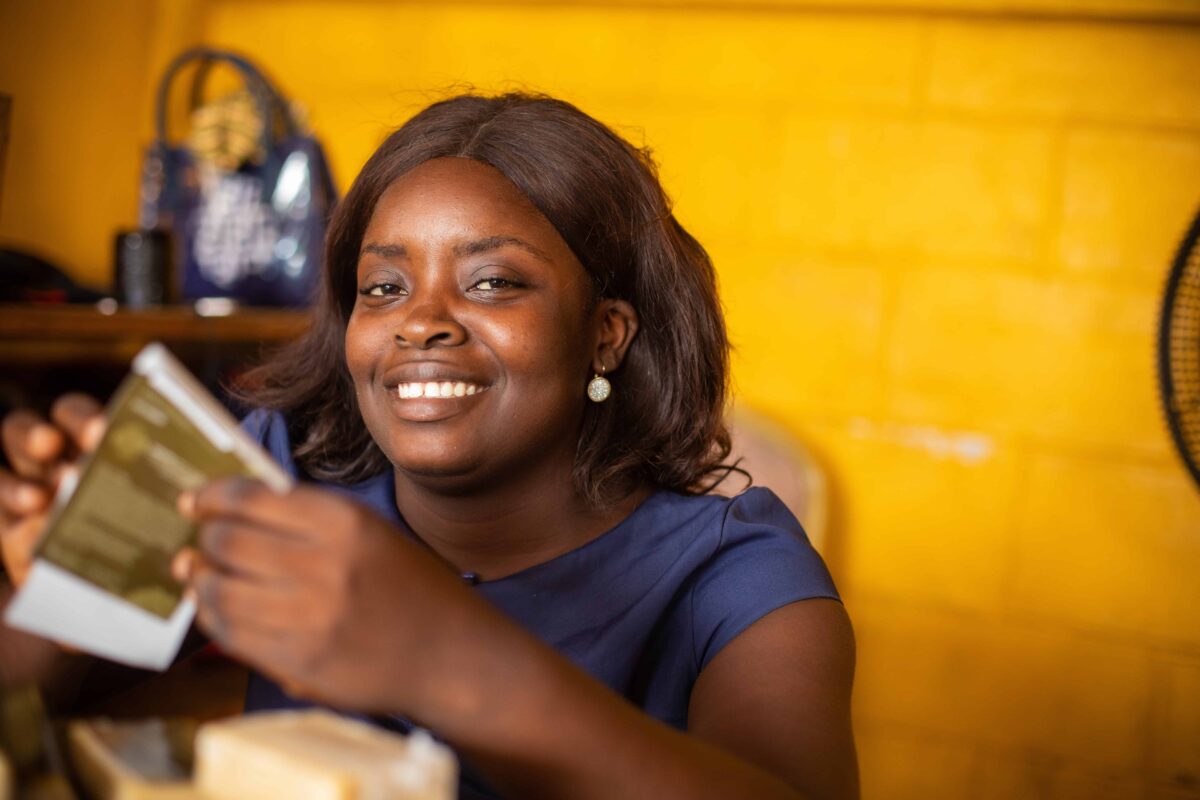
ShEquity, an investment firm that promotes women’s entrepreneurship in Africa, received a $1.2 million co-investment first-loss grant from the Trade Hub to support more than 100 women-owned or led businesses with high potential for growth.
ShEquity focuses on a “holistic approach,” in which they put women-led enterprises through 16-week accelerator programs to prepare the companies for potential investment, Koelbl said.
“We build trust by demonstrating that this is working. It’s showing rather than talking,” she said. “When investors see this, then the perceived risk gets axed out.”
Blended finance is a great catalyst because it allows those impact-driven investors to also be in an enabling environment, which attracts the risk-adverse investor to come in, Koelbl said.
“For me, it’s about long-term impact,” said Charles Polet, a financial advisor with the West African Trade and Investment Hub. “Maximize the use of public funds. You need to partner with long-term vision impact creators, like ShEquity and Cordaid, so that beyond the life of the Trade Hub, they can generate the impact with future funds.”
